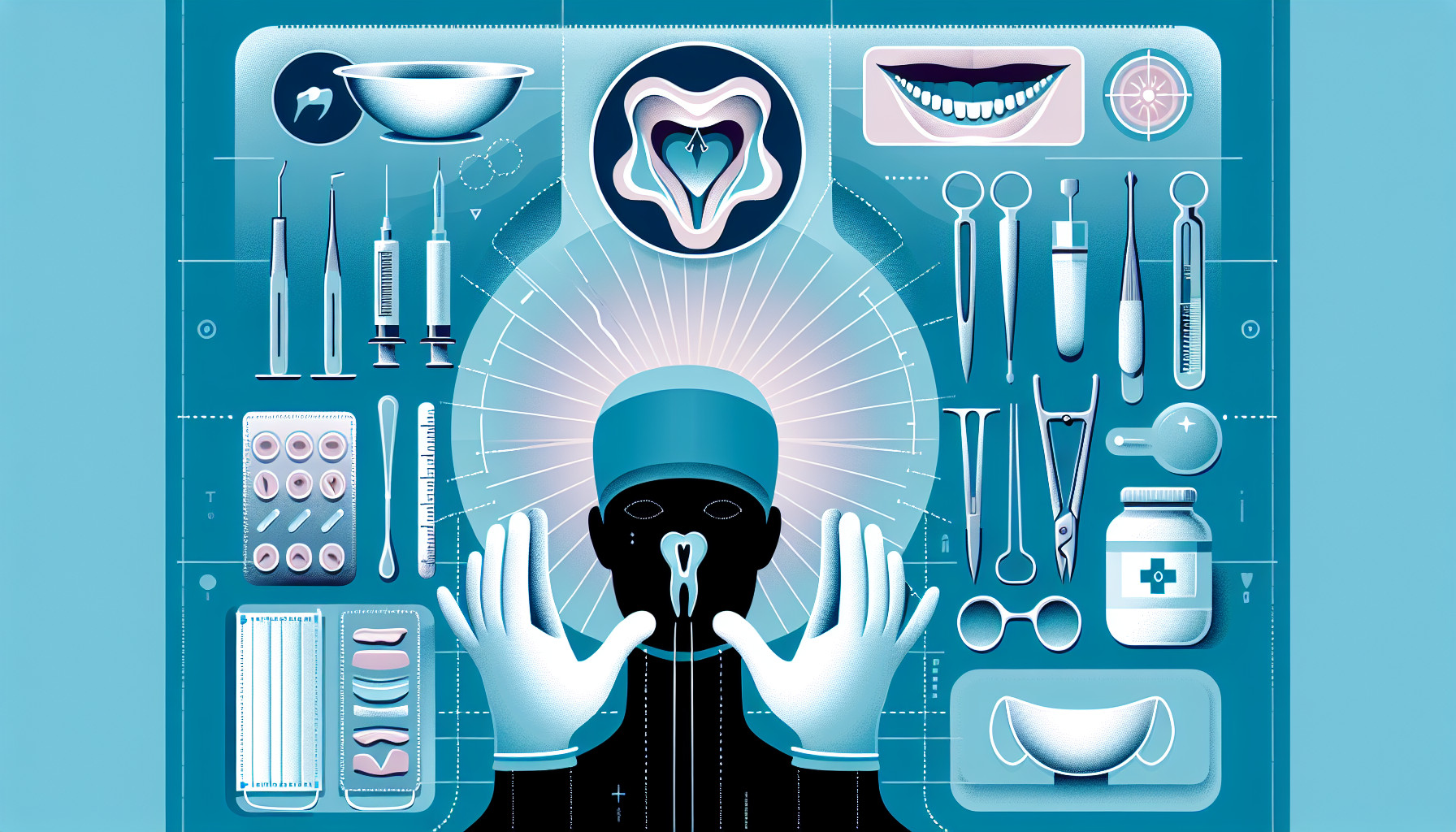Our Summary
This research paper is about a study that looked at the use of a specific protein, called recombinant human bone morphogenetic protein-2 (rhBMP-2), in dental procedures related to bone repair and maintenance in the jaw. The researchers reviewed clinical trials to determine if this protein could be used to delay the placement of dental implants, allowing the bone to form properly and remain stable over time.
They searched through literature on PubMed/Medline using specific terms related to this protein and dentistry, and included trials related to bone reconstruction in the jaw, post-tooth extraction, and other procedures. They ended up including 15 studies in their review.
The conclusion from this review is that using rhBMP-2 is safe and effective for preserving the bone after a tooth is extracted or for improving local defects. Using the protein in combination with Bio-Oss® for certain sinus surgeries is not necessary, but it can speed up and improve the bone growth process. Additionally, a compound made of rhBMP-2, allogenic bone, and plasma-rich platelet (PRP) can be used as a substitute for a bone graft in severe jaw defects.
FAQs
- What is the role of recombinant human bone morphogenetic protein-2 (rhBMP-2) in dental procedures?
- Is using rhBMP-2 safe and effective for preserving the bone after a tooth extraction?
- Can a compound made of rhBMP-2, allogenic bone, and plasma-rich platelet (PRP) be used as a substitute for a bone graft in severe jaw defects?
Doctor’s Tip
One helpful tip a doctor might tell a patient about oral surgery is to follow all post-operative care instructions provided by the surgeon. This may include instructions on how to properly clean the surgical site, what foods to avoid, and when to follow up for a post-operative appointment. Following these instructions can help ensure proper healing and reduce the risk of complications.
Suitable For
Patients who may benefit from oral surgery procedures involving the use of rhBMP-2 include those who have undergone tooth extraction and need to preserve their bone structure for future dental implants. Additionally, patients with local defects in the jaw or severe jaw defects may benefit from the use of rhBMP-2 in combination with other materials such as allogenic bone and PRP. Overall, patients who require bone reconstruction in the jaw due to various dental procedures can potentially benefit from the use of rhBMP-2 in oral surgery.
Timeline
Before oral surgery:
- Patient consults with oral surgeon to discuss treatment options and determine if surgery is necessary.
- Patient undergoes pre-surgery evaluations such as X-rays, CT scans, and blood tests to assess the condition of the jaw and overall health.
- Patient is given pre-surgery instructions regarding fasting, medication use, and other preparations.
- On the day of surgery, patient is given anesthesia to numb the area and ensure comfort during the procedure.
After oral surgery:
- Patient may experience swelling, pain, and discomfort in the days following surgery.
- Patient is given post-surgery instructions on how to care for the surgical site, including proper oral hygiene practices and pain management techniques.
- Patient may need to follow a soft diet and avoid certain activities, such as smoking or strenuous exercise, to aid in the healing process.
- Follow-up appointments are scheduled to monitor the healing progress and ensure proper recovery.
- Over time, the bone in the jaw will heal and regenerate, resulting in improved stability and function in the affected area.
What to Ask Your Doctor
- Can the use of rhBMP-2 help delay the placement of dental implants and improve bone formation in the jaw?
- What are the potential risks and side effects associated with using rhBMP-2 in oral surgery procedures?
- How does rhBMP-2 compare to traditional methods of bone reconstruction and maintenance in the jaw?
- Are there any specific criteria or conditions that make a patient a good candidate for treatment with rhBMP-2?
- How long does it typically take for the bone to form properly and remain stable after treatment with rhBMP-2?
- Are there any long-term implications or considerations to keep in mind when using rhBMP-2 for oral surgery procedures?
- Will I need follow-up appointments or additional treatments after receiving rhBMP-2 for my oral surgery procedure?
- How does the cost of using rhBMP-2 compare to other treatment options for bone repair and maintenance in the jaw?
- Can you provide me with more information or resources to learn more about the use of rhBMP-2 in oral surgery procedures?
- Are there any specific precautions or recommendations I should follow before and after receiving treatment with rhBMP-2 for my oral surgery procedure?
Reference
Authors: Gomes-Ferreira PH, Okamoto R, Ferreira S, De Oliveira D, Momesso GA, Faverani LP. Journal: Oral Maxillofac Surg. 2016 Sep;20(3):223-32. doi: 10.1007/s10006-016-0563-4. Epub 2016 May 29. PMID: 27236776
